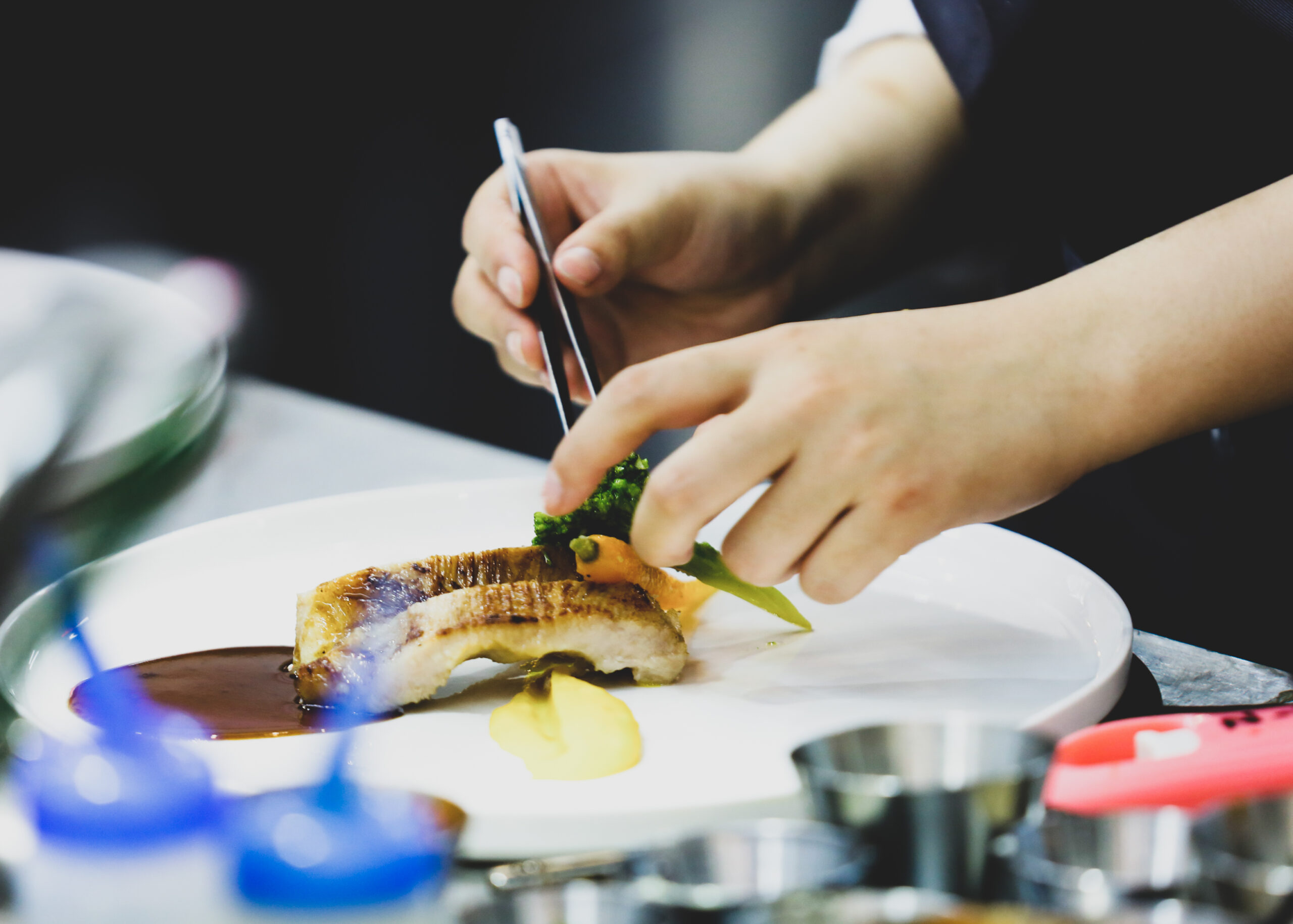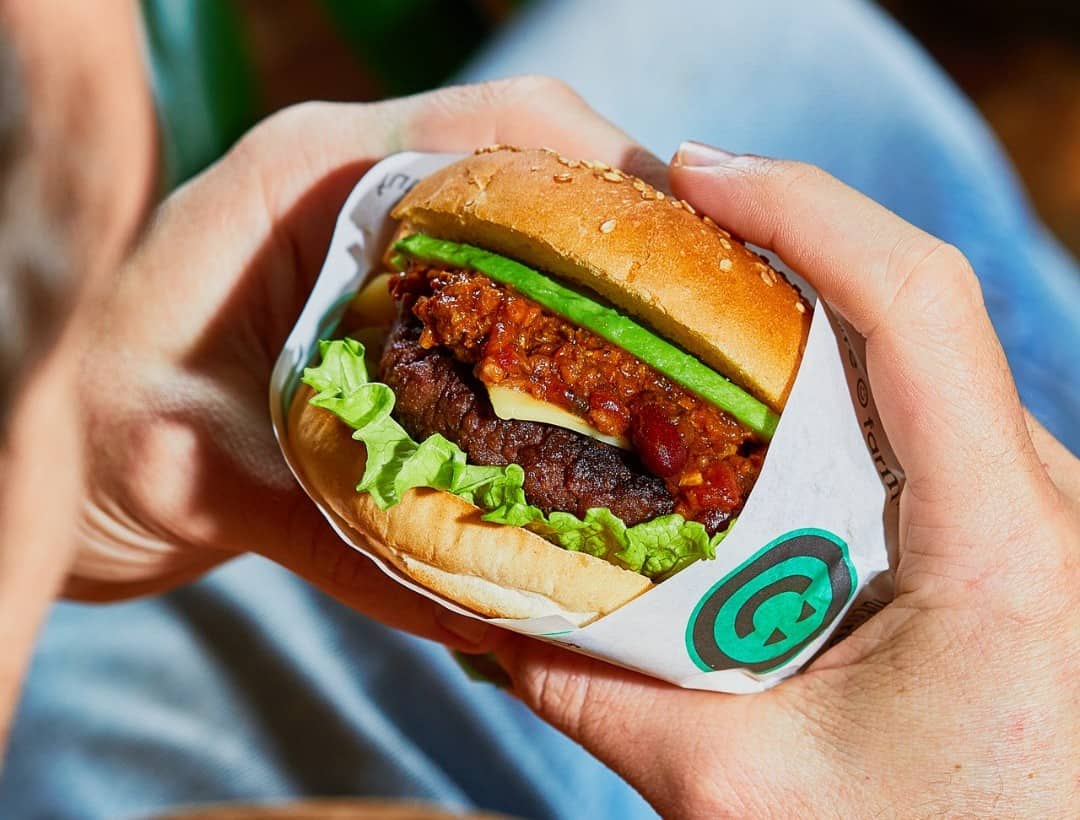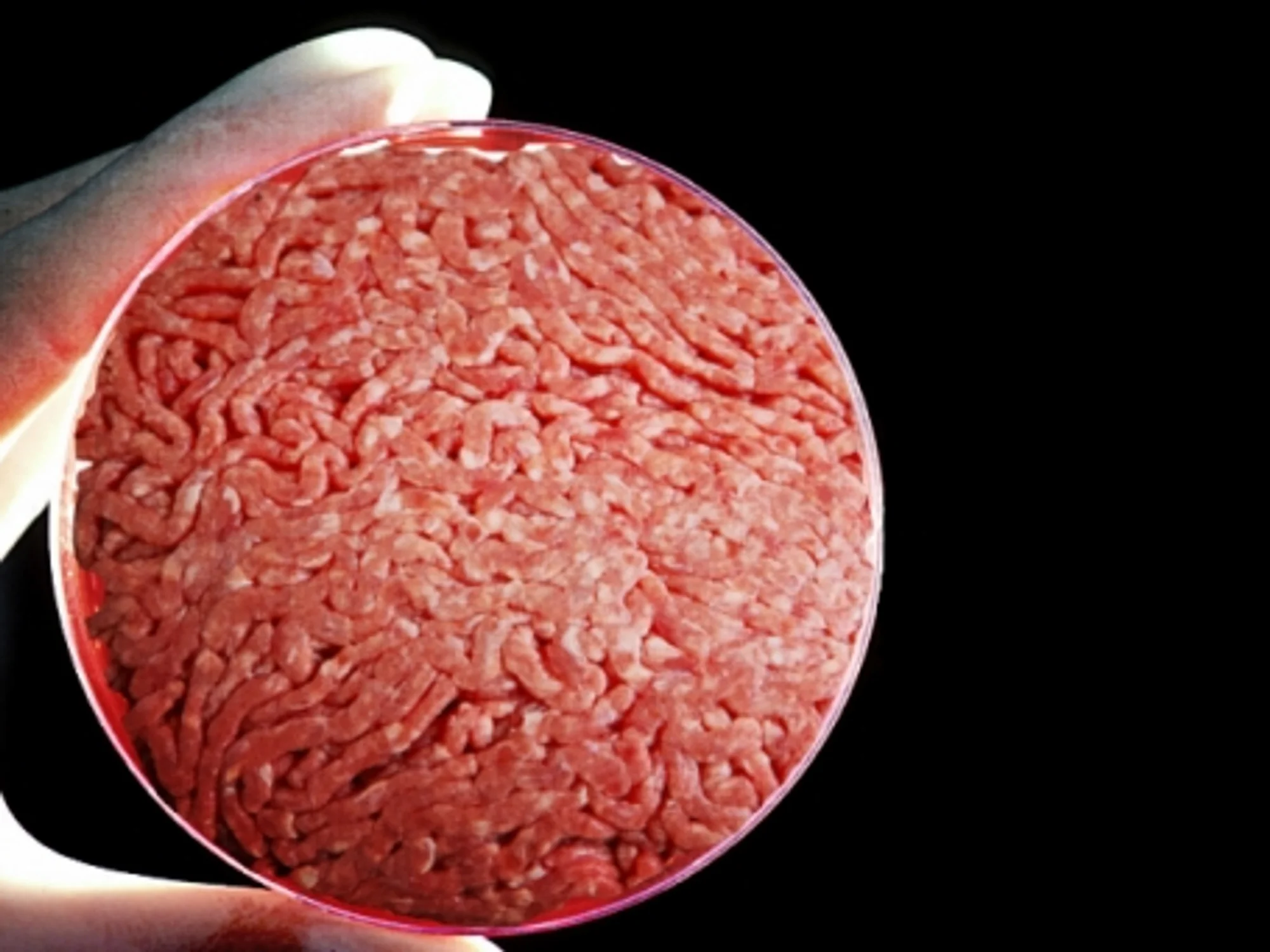A team of Danish scientists has received funding to work with chefs at Copenhagen’s two Michelin-starred Alchemist to create a new seafood product by growing fungi on seaweed.
Dr. Leonie Jahn from the Technical University of Denmark will work with Diego Prago, head of research at the Alchemist, as part of a study funded by the Good Food Institute (GFI) to demonstrate an innovative method of making sustainable foods through fermentation.
If the method successfully recreates the texture and taste of seafood, the product may feature on the Danish restaurant’s menu, and could also go on to be sold more widely.
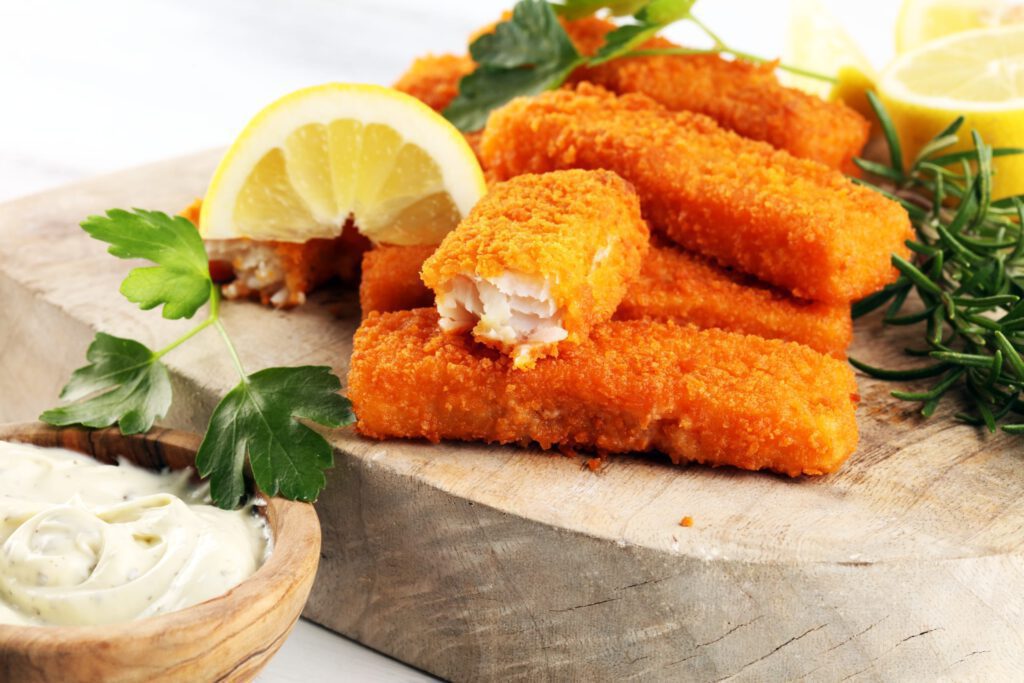
“Our main goal with the project is to attempt to create a unique and delicious product that is good enough to be served at a fine dining restaurant, using natural ingredients with seaweed providing flavors of the sea and the mycelium adding to an attractive texture,” remarks Deigo Prado, head of research at Alchemist.
Dr. Leonie Johanna Jahn, team coordinator of the Microbial Foods group in the Bacterial Synthetic Biology Section at the Technical University of Denmark, comments: “I think there’s huge potential here – there aren’t a lot of seafood alternatives on the market but there’s certainly a need for them. This is also an area that hasn’t really been explored before.”
Tapping into the texture of filamentous fungi
Dr. Jahn’s team will look into how the texture of filamentous fungi – microorganisms found in soil and other environments which form a mass of intertwining strands – can be used to create a range of sustainable foods.
The aim is to identify how different conditions can be used to alter the fungi’s texture, creating products ranging from scaffolds – which give structure to meat cultivated from animal cells – to animal-free foods that look and taste like meat.
The group will eventually create a “whole-cut” product with the texture of seafood, by using the fungi to ferment seaweed in a process similar to the production of the soybean-based dish tempeh.
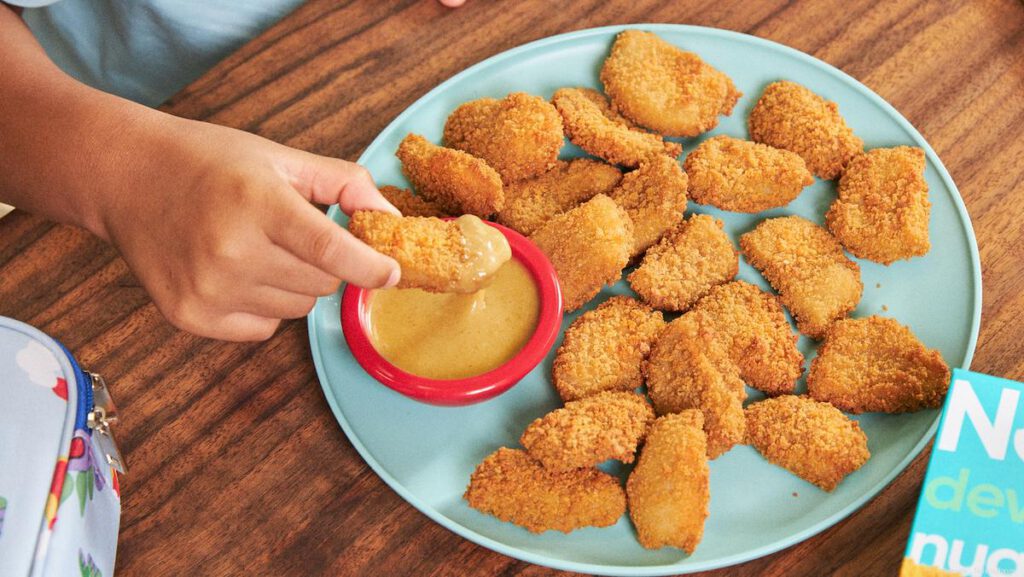
The scientists will then work with the Alchemist team to recreate the flavor of seafood, creating a finished product that will be a fusion of both fungi and seaweed.
Filamentous fungi have been used for centuries, creating everything from cheese to penicillin.
While companies have historically used fungi ingredients to make animal-free meat, most of the existing research has been around their nutritional value rather than how their texture can be used in food production.
Addressing dwindling ocean stocks
Europe already imports three times more seafood than it produces, and global demand for seafood is expected to double by 2050. Nearly half of EU marine habitats have already been assessed as either endangered or near-threatened, mainly due to pollution, fishing, and aquaculture.
A host of companies are pouncing on the fish alternative boom. Royal DSM, for example, developed a vegan fish flavor solution, Maxavor Fish YE, derived from algal oil, while Solina recently introduced pea and wheat protein solutions to deliver the right balance of color and flavor for plant-based tuna.
Last April, US-based Pearlita Foods, a cell-based mollusk company, announced moves to produce the world’s first “ocean-free” oysters cultivated in a controlled environment free of disease or chemical contamination.
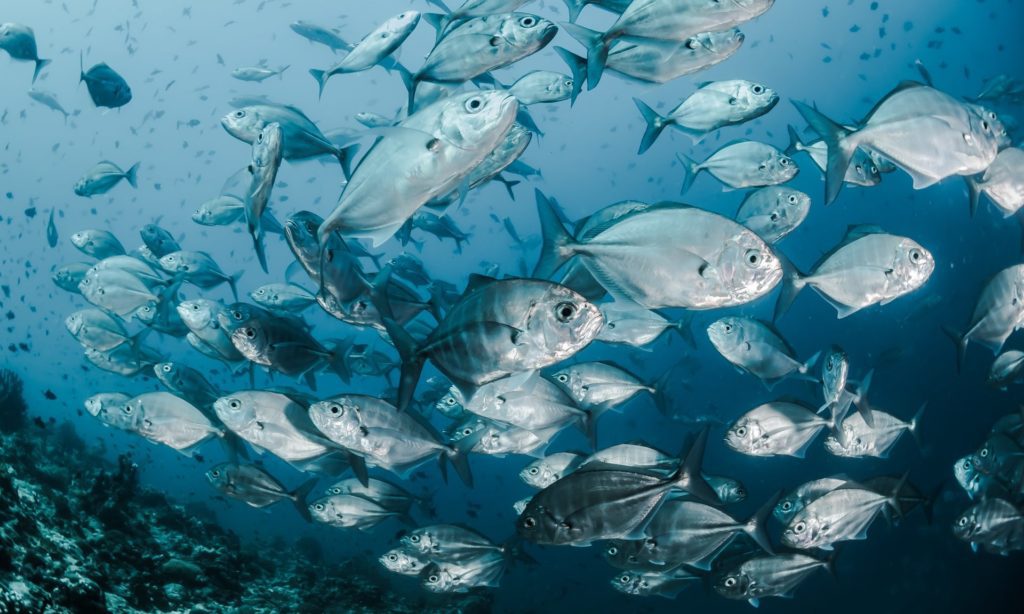
Alternative seafood player Plantish, which uses plant proteins to create premium, whole-cut fish, raised US$12.45 million earlier this year in seed funding, understood to be the largest seed round to date in the burgeoning alt-seafood market.
In other moves, cell-cultured seafood pioneer Finless Foods expanded its product portfolio to include a new plant-based tuna offering consisting of nine whole, plant-based ingredients that are cooked and seasoned to mimic the taste and texture of tuna.
“Seafood is an area where we urgently need to see innovation, and there are huge opportunities for companies and governments to invest in further research to develop plant-based and cultivated seafood that can help meet growing demand in a sustainable way,” concludes Kell.







